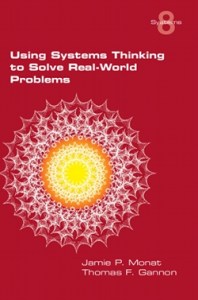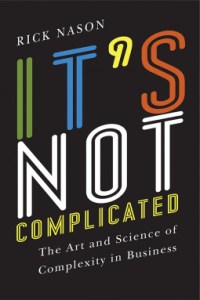
Using Systems Thinking to Solve Real-World Problems
by Jamie P. Monat and Thomas F. Gannon
“Systems thinking focuses on the relationships among system components and the interactions of the system with its environment, as opposed to focusing on the components themselves… Those relationships typically dominate the behavior of systems.” As an antidote to myopia, systems thinking takes a holistic and integrative approach.
Continue reading “Using Systems Thinking to Solve Real-World Problems”

